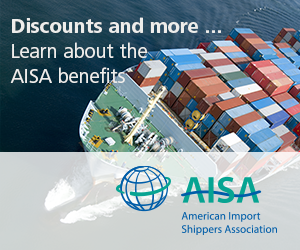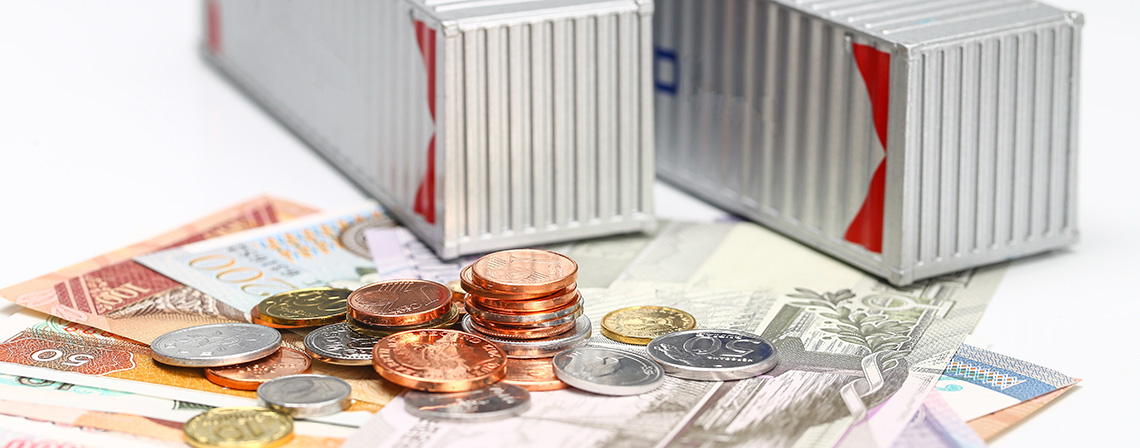Reducing sulfur-emissions from the current 3.5% average to 0.5 % will increase carriers’ fuel cost significantly – not only because of the cost differences between High-Sulfur and Low-Sulfur fuel oil, but also because the 0.5% IMO sulfur emission-cap must be maintained during the entire time a vessels is operated before and after it enters and leave special Emission Control Areas (ECAs). In the U.S. the ECA extends to coastal waters up to 200 miles from the coast of the Continental U.S. and caps sulfur emissions at 0.1% since 2015
Low-Sulfur Implementation Solutions and Problems
Even “big” names in container-shipping do not own their entire fleet, but charter additional tonnage. This means that actual vessel owners, not just vessels operators, decide which approach they will take to make their ships IMO compliant before January 1st, 2020. These are their options :
- Using low-sulfur compliant Marine Gas Oil (MGO) with a sulfur emission cap of 0 .5% or
- Install Scrubber system which guarantee to reduce high-sulfur emissions to the mandatory 0.5% low-sulfur level. Scrubber systems spray water on the ship’s exhaust gases to remove sulfur oxide, chemicals, and heavy metals, and then releases this wash-water back into the sea.The installation of scrubbers, however, is reported to be expensive and time-consuming and requires extensive engineering and installation expertise. Long-term benefits to vessel owners and operators of installing scrubber systems are that IMO regulations allow scrubber-equipped vessels to run on traditional Heavy Fuel Oil (HFO), which is much less expensive than Low-sulfur oils.
- Powering their vessels with liquified natural gas (LNG), an option available by and large only in new ship-buildings.
Most ship operators will use IMO compliant Low-Sulfur gas oils to operate a majority of their ships because they are more confident now than they were a few months ago that sufficient quantities of IMO-compliant low-sulfur gas oil will be refined.
Concerns remain whether IMO compliant marine fuels will be available in sufficient quantities at ports where the carriers plan to taking on low-sulfur marine oils. The fear is, of course, that shortages of IMO compliant fuel will disrupt regular sailing schedules, and/or cause sailings to be cancelled.
IMO Fuel Cost Increases to be Paid by Cargo Owners
The cost to the global shipping industry to become IMO compliant by January 1st, 2020 has been estimated by a prominent shipping executive at $ 10 to $ 15 billion annually
As one would expect, he carriers are quite determined to pass on their fuel cost increases to their customer, the cargo owners. To do so they have developed an assessment methodology based on which they calculate the new IMO fuel charges or Surcharges. Included in these calculations – by each individual carrier – are the cost differentials between high and low sulfur marine oils (the Platts Bunkerwire is commonly used to establish these numbers). Also taken into account are fuel consumption by an average size container ship being operated in a specific trade route, and bunkering cost at predetermined ports. For good measure other “Trade Factors” may be added.
Carriers which so far adjusted their fuel adjustments charges every three months, have announced they will now forward-file their (Low Sulfur) Bunker Surcharge assessments on a monthly basis to make sure they can promptly re-coup unexpected swings in their fuel cost
Early independent estimates put Low-sulfur Bunker Surcharge increases at $ 165 per 40ft container from Asia to West Coast ports, and $ 276 per 40ft container to East Coast ports (all water service





